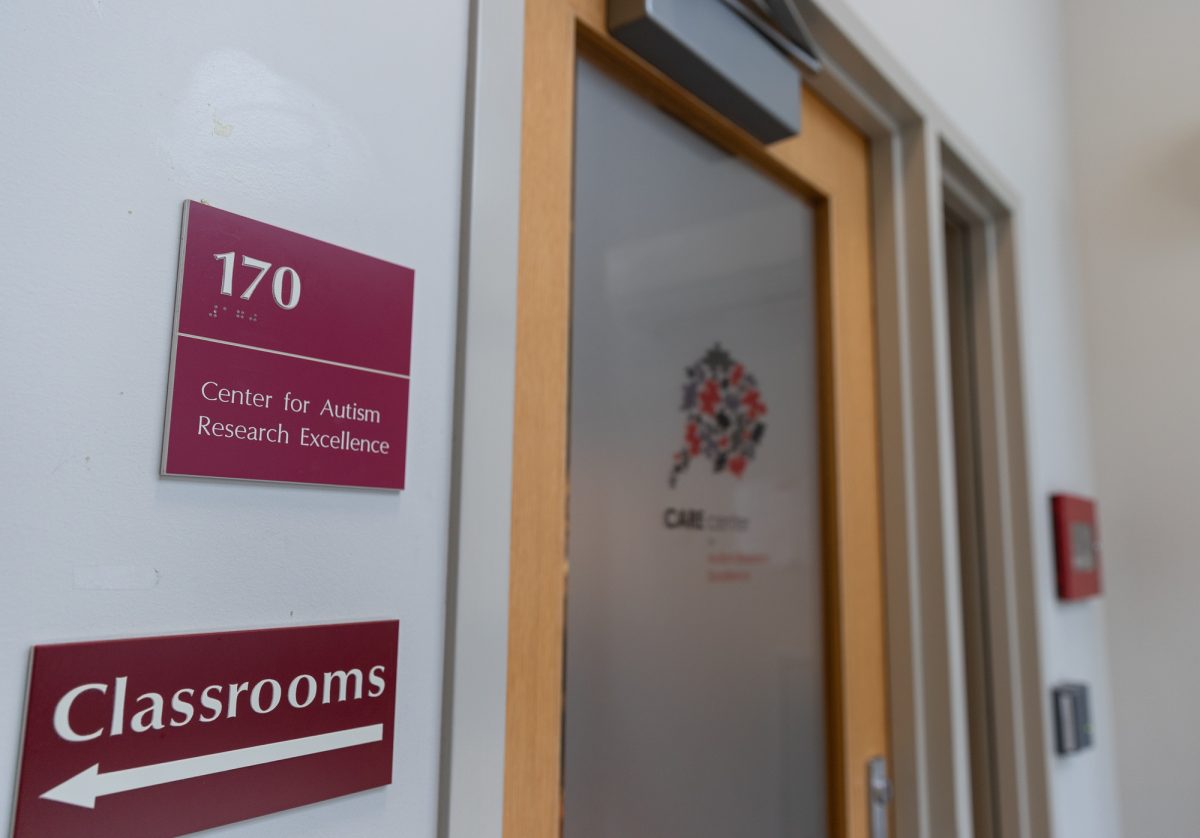The field of digital design is changing, and at Boston University, students are finding opportunities to expand their skills and explore mediums with professional designers.

BU’s Forge Design Studios held a free, virtual event on Saturday called “Catalyst” — a five-hour-long designathon in which students gathered in small teams to compete in a web design contest to solve “modern-day problems.” In addition to winning cash prizes, students received feedback from professionals in the industry.
Jessica Man, vice executive president of Forge and a junior in the College of Engineering, said participants were encouraged to explore the field of UI and UX — user interface and user experience design — while executive board members remained available throughout the event to support designers.
“Our e-board has noticed that a lot more people have become interested in product design and UI UX design, but they don’t really have the support that’s needed to get into the field,” Man said. “So we wanted to present that opportunity through this event.”
Forge offered a bootcamp to introduce the software and design process prior to the event, Man said, and Catalyst participants communicated via Slack to form teams and become acquainted with other designers.
Forge was previously BU Design Club until last Spring, when the group rebranded to be a more professional design community at BU with a goal of connecting up-and-coming designers to veterans in the industry.
By including designers from a broad range of skill levels, Man said, Catalyst aimed to provide more design opportunities, especially for those interested in product and UI and UX design.
Freelance product designer Jennifer Conner, one of the designathon’s judges, said it’s important for participants and young designers alike to keep in mind who they are designing for. On Conner’s personal website, she highlights the four components of her design process: understand, ideate, deploy and evaluate.
“With my design process, I iterate a lot,” Conner said. “It’s never the same exactly for every project, but there’s always a step where you’re trying to understand what that problem is that you’re trying to solve and who it’s for.”
In addition to Catalyst, Forge founder Emme Enojado said she encouraged students to attend workshops and general member events throughout the semester because she noticed resources for university students were “very limited.”
“I wanted to connect the community of designers from all different backgrounds and experiences at BU,” Enojado said, “whether they are just interested in learning more about design as a hobby, or actually entering it as a professional field.”
Enojado, who’s majoring in neuroscience and minoring in visual arts as well as innovation and entrepreneurship, said the organization also established Forge Labs — an internship and apprenticeship program within Forge. Forge Labs is a nine-week program that offers opportunities for student designers to work for real clients.
This semester, Forge will hold workshops on design software such as Figma and Adobe Creative Cloud programs. Over the summer, the group held an “Equity in Design Workshop” to teach students how to promote inclusivity in the design field.
Conner said the design industry is always changing, a factor that has kept her in the field for more than 20 years.
“There was a point where I think a lot of places just looked at design as sort of the dressing to make it pretty, just make it look good,” Conner said. “That has been shifting for years to where design is something more strategic now than it used to be.”
When it comes to educational backgrounds in the design field, Conner said portfolio development is much more important than training in traditional design or computer science, because portfolios demonstrate an individual’s strength and passion.
“I don’t think you for sure need to have a UX education or a UX certification or a degree in UX,” Conner said. “You do have to have a portfolio that really shows that that’s what you’re interested in and that you understand what it is.”
For Enojado, Catalyst was one stop on a long journey for Forge Design Studios.
“One of my favorite parts has just been seeing this organization grow in a matter of a year,” Enojado said. “This just started off as a good little dream of mine last summer.”
























































































































